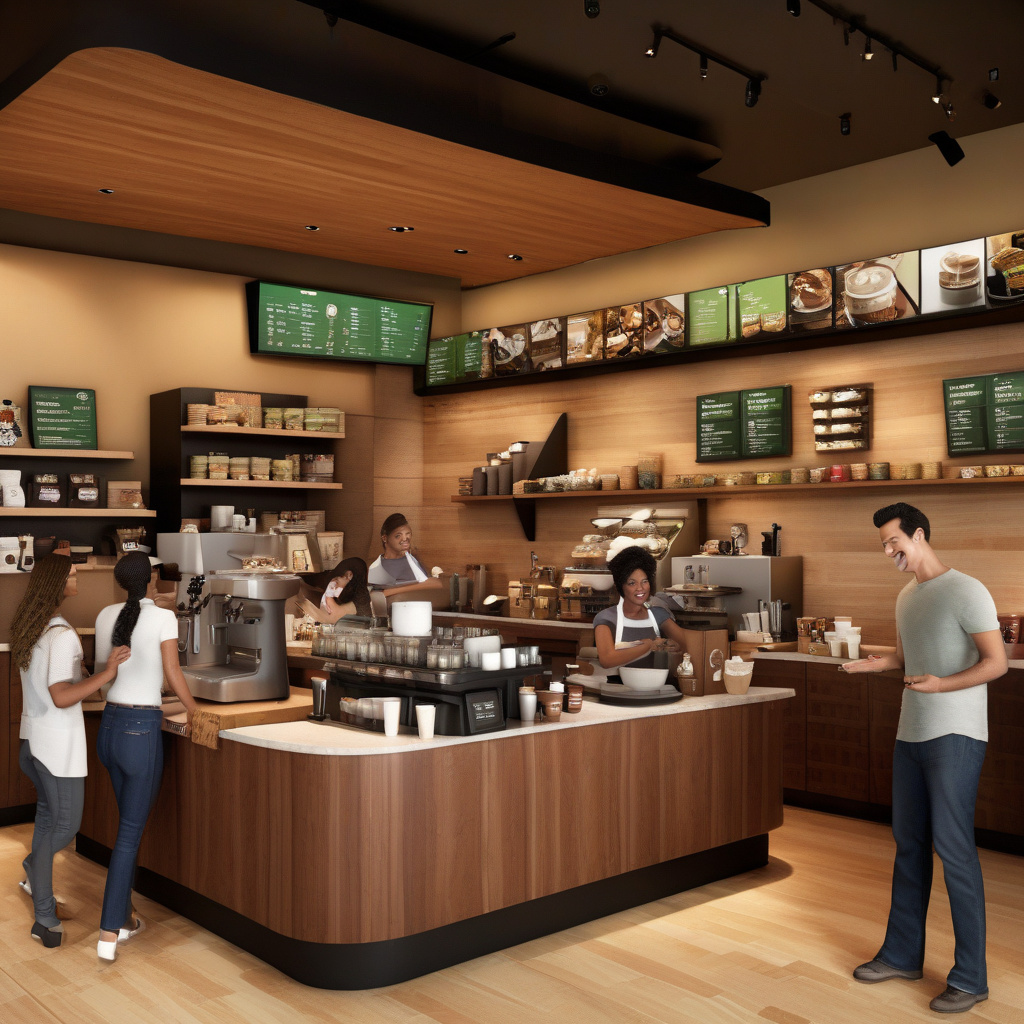Starbucks Aims to Become the ‘Best Customer Service Company in the World’
In an age where customer experience is pivotal to brand loyalty and profitability, Starbucks is making a bold statement. During the company’s fourth-quarter earnings call, CEO Brian Niccol outlined a vision that extends beyond just serving high-quality coffee. He emphasized the coffee giant’s mission to enhance customer experience by transforming its cafes into warmer and more inviting spaces. This commitment to customer service is not merely a strategy but a fundamental shift that could redefine how consumers engage with the brand.
Starbucks has long been recognized not only for its coffee but also for its ability to create a ‘third place’ atmosphere—somewhere between home and work where customers feel comfortable and connected. However, in recent years, the company faced increasing competition from both established and emerging coffee brands. To reclaim its position as a leader in the industry, Starbucks must focus on what it does best: delivering exceptional customer service.
Niccol’s vision is clear: customers should feel welcomed and valued the moment they step into a Starbucks location. This commitment to creating a warm environment is backed by research that shows how ambiance and service quality significantly impact customer satisfaction. According to a study published in the Journal of Service Research, customers are more likely to return to a business that offers a positive atmosphere and attentive service. By enhancing the in-store experience, Starbucks aims to foster loyalty among its customer base.
One of the key initiatives Starbucks is implementing involves the physical redesign of its cafes. The goal is to create spaces that feel less transactional and more community-oriented. This approach is supported by customer feedback that suggests many patrons seek a cozy environment where they can relax, socialize, or work. For example, Starbucks locations that have introduced softer lighting, comfortable seating, and art from local artists have received positive responses from customers, leading to increased foot traffic and sales.
Moreover, investing in employee training is crucial to achieving this mission. Niccol mentioned the importance of equipping baristas and staff with the skills needed to provide superior service. Research from the Harvard Business Review indicates that employees who feel empowered and knowledgeable are more likely to deliver exceptional customer experiences. Starbucks has already begun enhancing its training programs to ensure that employees not only understand the menu but also develop interpersonal skills that encourage customer engagement.
Another avenue Starbucks is exploring is leveraging technology to improve customer interactions. The company’s mobile app has been a game changer, enabling customers to order ahead and earn rewards. However, Niccol believes there’s potential to further integrate technology in a way that enhances the in-store experience. For instance, utilizing data analytics can help staff anticipate busy times, allowing them to prepare accordingly and minimize wait times—one of the most significant pain points for customers.
Starbucks’ commitment to transforming its cafes into customer-centric spaces also aligns with broader industry trends. A report from McKinsey & Company highlights that businesses prioritizing customer experience outperform their competitors in terms of revenue growth. By positioning itself as a leader in service quality, Starbucks not only enhances its brand image but also creates a competitive edge that can drive long-term profitability.
Additionally, the company’s strategy to focus on customer service comes at a crucial time. As the market becomes increasingly saturated with coffee options, consumers are more discerning than ever. They tend to gravitate towards brands that resonate with their values—whether that’s sustainability, quality, or service. Starbucks’ efforts to create a more welcoming atmosphere and improve service align with these consumer expectations, potentially leading to increased customer loyalty.
In conclusion, Starbucks is taking a proactive approach to reclaim its status as a leader in the coffee industry by prioritizing customer service. With a focus on creating inviting cafes, enhancing employee training, and leveraging technology, the company aims to transform the customer experience fundamentally. As Niccol stated during the earnings call, the ultimate goal is to become the “best customer service company in the world.” If successful, this shift could not only boost customer satisfaction but also solidify Starbucks’ position in a highly competitive market.
Starbucks is setting a precedent for other retailers by demonstrating that investing in customer service can yield significant returns. As the company navigates this transformation, the coffee giant is poised to not only serve coffee but also to cultivate connections that keep customers coming back for more.
Starbucks, customer service, business strategy, retail experience, coffee industry
